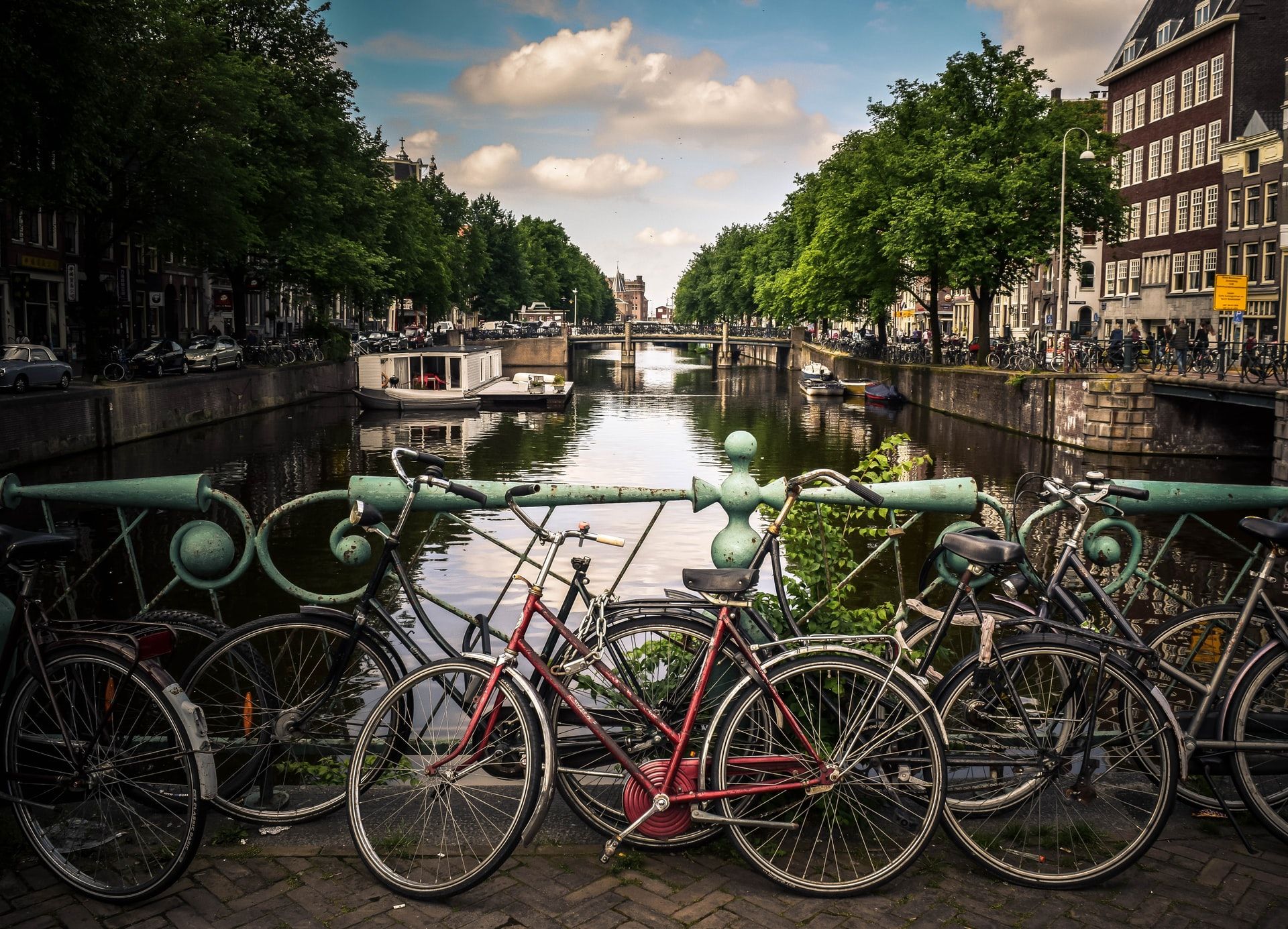
31 Jan 2022
Dutch data center consortium starts reuse of residual heat at scale
Although the concept of heat reuse in data centers is simple to explain, its actual implementation is much more challenging. Many aspects of these projects can go wrong. For example, the temperature of the reusable heat may be too low. A business case that is economically viable is often difficult to develop because of the extra infrastructure that is needed. Additionally, getting the permits to actually transfer warm water from a data center to the end-users of the excess heat is often a very difficult process.
Scandinavia
Up until now, the only successful projects reusing excess heat generated at data centers have been those that used existing infrastructure, such as warm water networks like the ones used in Scandinavia to heat large areas of cities. When this infrastructure is not yet available or local governments are not willing or not able to investment in these networks, the business case often becomes much more difficult.
That's why a project called 'Polderwarmte' in The Netherlands is such an interesting development. In this case, Interxion, part of Digital Realty, is a member of a consortium that allows for the re-use of excess heat at scale, but there is hardly any existing infrastructure in place.
Interxion's AMS5, a huge data center in the Amsterdam area, will deliver the excess heat from the IT equipment it is hosting to a newly constructed heat network that will deliver warm water to two nearby industrial parks.
Green energy
This project is not only interesting because the consortium will build the critical network infrastructure to transport heat from the data center to the end-user companies. AMS5 is also one of a growing number of data centers in the Amsterdam area that are completely powered by green energy. In other words, the power used in the data center is generated by wind farms and other green energy sources. This means the consortium partners will be able to claim a yearly reduction of 4200 tons in CO2 production.
The interesting thing about this project is that 22.5 million cubic meters of natural gas will be saved by the industrial buyers of the excess heat as a means of producing heat. The fact that gas prices in Europe are at a record high obviously contributes to this reduction in the business case.
A major problem with heat reuse projects is that the warm water produced by data centers is generally of low quality. In this case the warm water delivered to the heat network has a temperature of 25 to 30 oC. The data center will receive cold water at a temperature of 17 oC in return. That is a temperature that is almost ideal for Interxion AMS5, the data center company claims. Extra cooling will rarely be required.
Photo credit: Jace & Afsoon
Follow us on social media:


.d57b427b.png&w=3840&q=75)

















